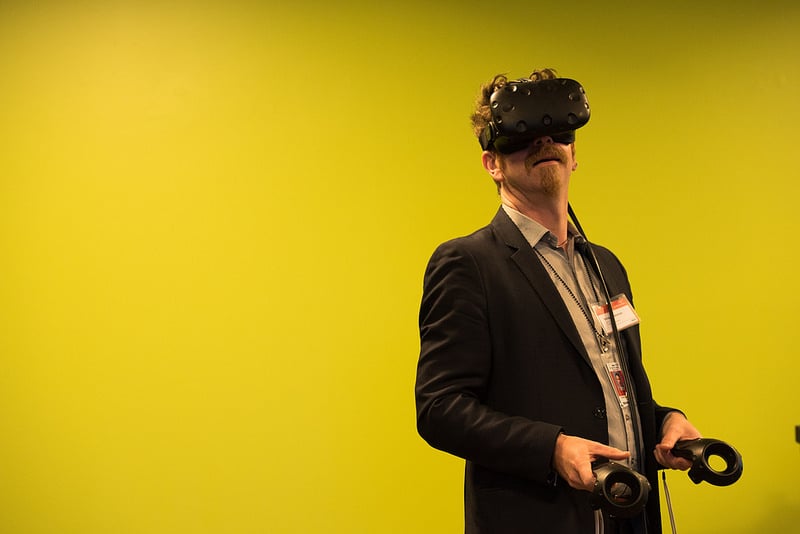Try before you buy
A skills gap means that works using technology are still rare in arts centres and galleries. Artists need more opportunities for hands-on experience, says Andrew Knutt.
When John Lasseter, Chief Creative Officer of Pixar, said: “The art challenges the technology, and the technology inspires the art”, he really did hit the nail on the head in terms of attitudes towards the arts and technology.
Works made using technology are still rare in arts centres and galleries around the UK
In the past few years we have seen huge growth in digital technology, immersive art, virtual reality, projections, animation, 3D prints and much more. But are there enough artists with the skills to make use of these tools to produce technology-based works?
Digital skills
Artists have some basic computer skills, enough for the administration of their practice – to improve operations and build audiences – but few are exposed to different forms of technology to create new arts and culture products. This can be because they can’t afford the technology. Access to it is too often only for those in privileged circumstances, such as students who can explore its use at university. This is why calls, tenders and competitions around arts using technology are seldom innovative.
Just look at the video industry. Once only practised by those with the knowhow and access to the technology, it is now open to all. Many people with relatively few skills are now able to purchase the necessary technology at a low cost and then go on to produce videos for online consumption – and even make a living from it.
Have we reached the same point with innovative artworks? We really don’t know, as works made using technology are still rare in arts centres and galleries around the UK.
Hands-on workshops
In the late 1990s Microsoft produced many new hardware and software products, but adoption was slow. To overcome the issue, Microsoft invested in small business technology centres and even touring buses. Business owners could venture in to try out the new technology on display and speak to advisors. And it worked. The principle of try-before-you-buy with hands-on workshops did the trick.
Should we do the same with arts and technology? Should funding agencies, like the arts councils, support the provision of venues or touring creative playgrounds where the technology and expertise can show artists the possibilities of how technology can be used?
The design sector is in the same boat but further ahead than the arts. Many designers try out new services to sell or complement their offer. For example, graphic/web designers adopt photography to expand their services, or film makers learn about music-making to complement their production offer. It’s all about learning new skills and using new technology. So why can’t the arts sector do the same?
A revolution in arts and technology
We are seeing a rise in the number of multimedia artists working with painting, mixed media, textiles and so on, but what we need is access to the new and emerging technology that creates new artforms.
I believe that we should start this arts and technology revolution in the same way as Microsoft did. We should tour the UK and showcase all the applications, to allow the creativity of artists to ‘challenge the technology, and for the technology to inspire art’.
Andrew Knutt is Founding Director of Creative Innovation Centre CIC in Taunton. He is also Culture+ Business Developer at The Arts Development Company in Dorset.
creativeinnovationcentre.co.uk

Join the Discussion
You must be logged in to post a comment.